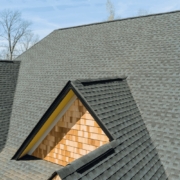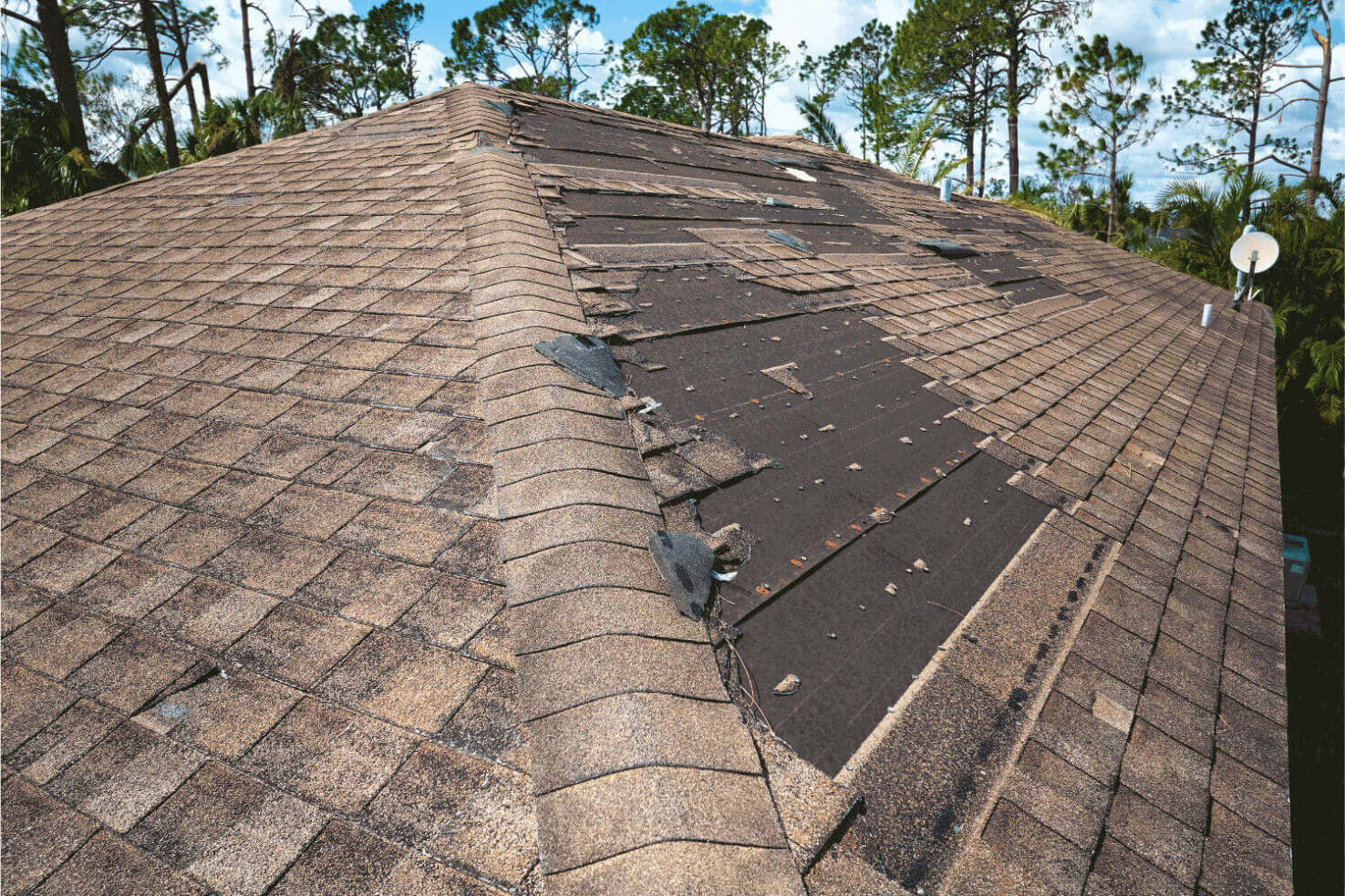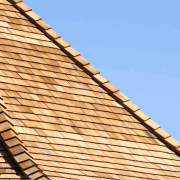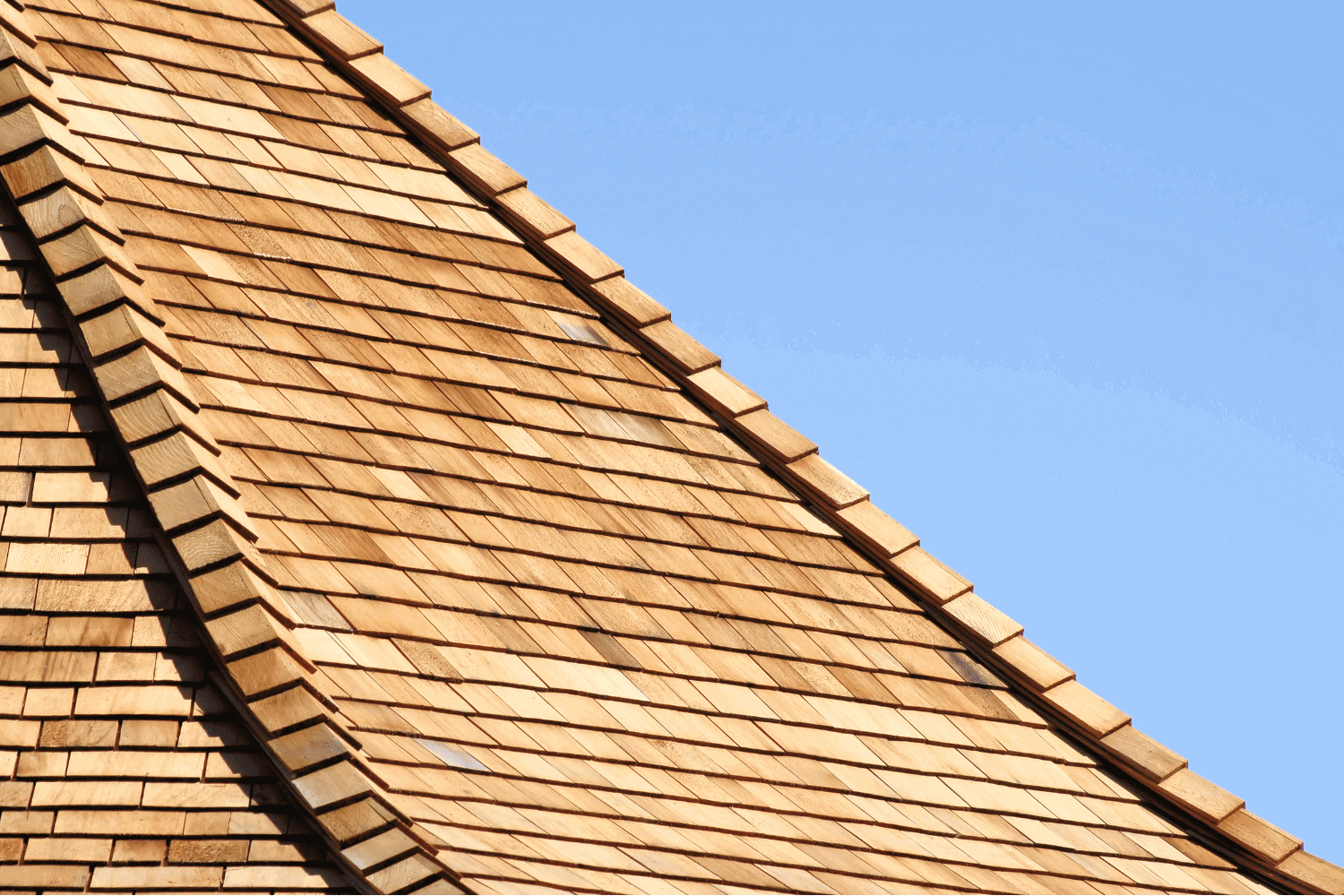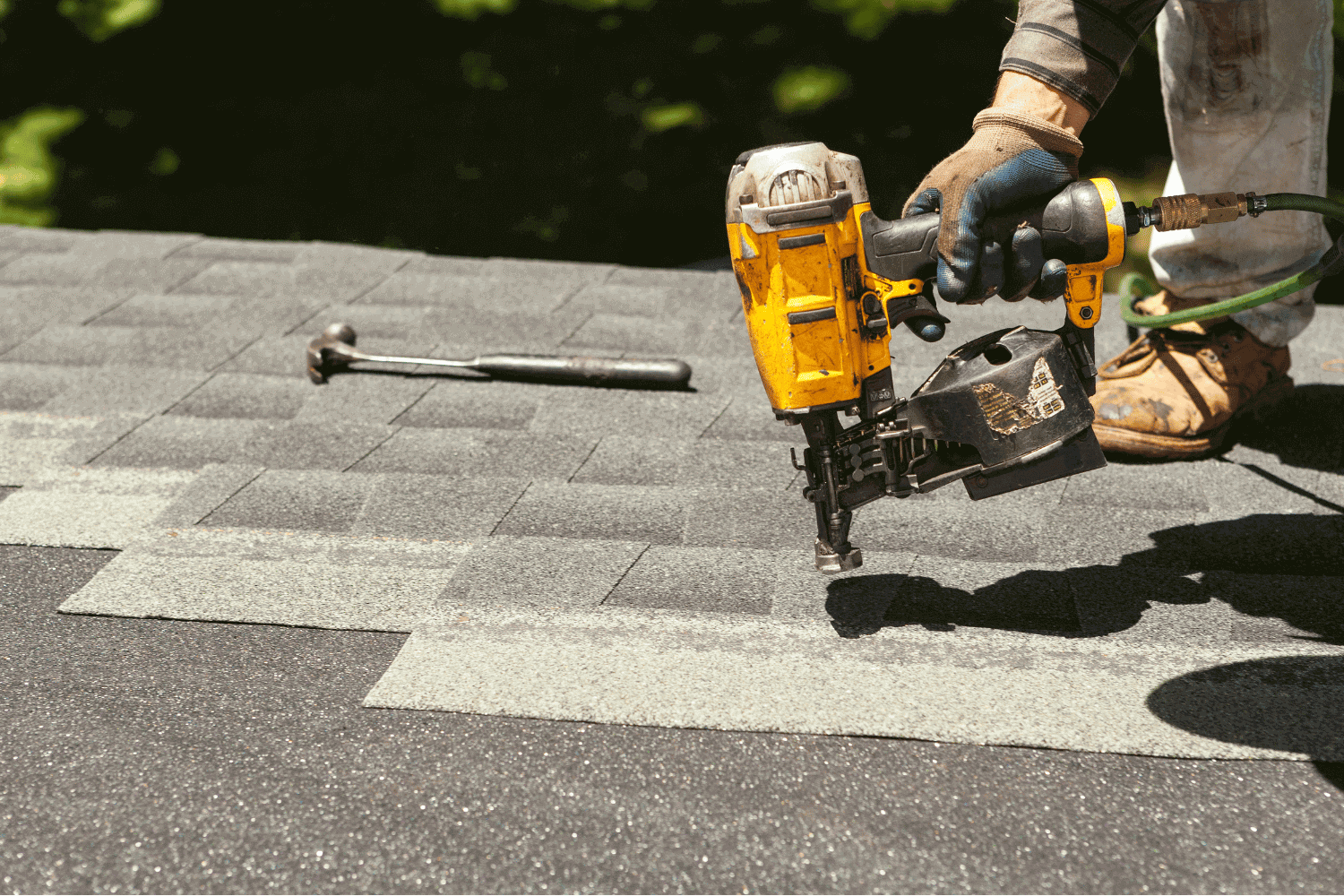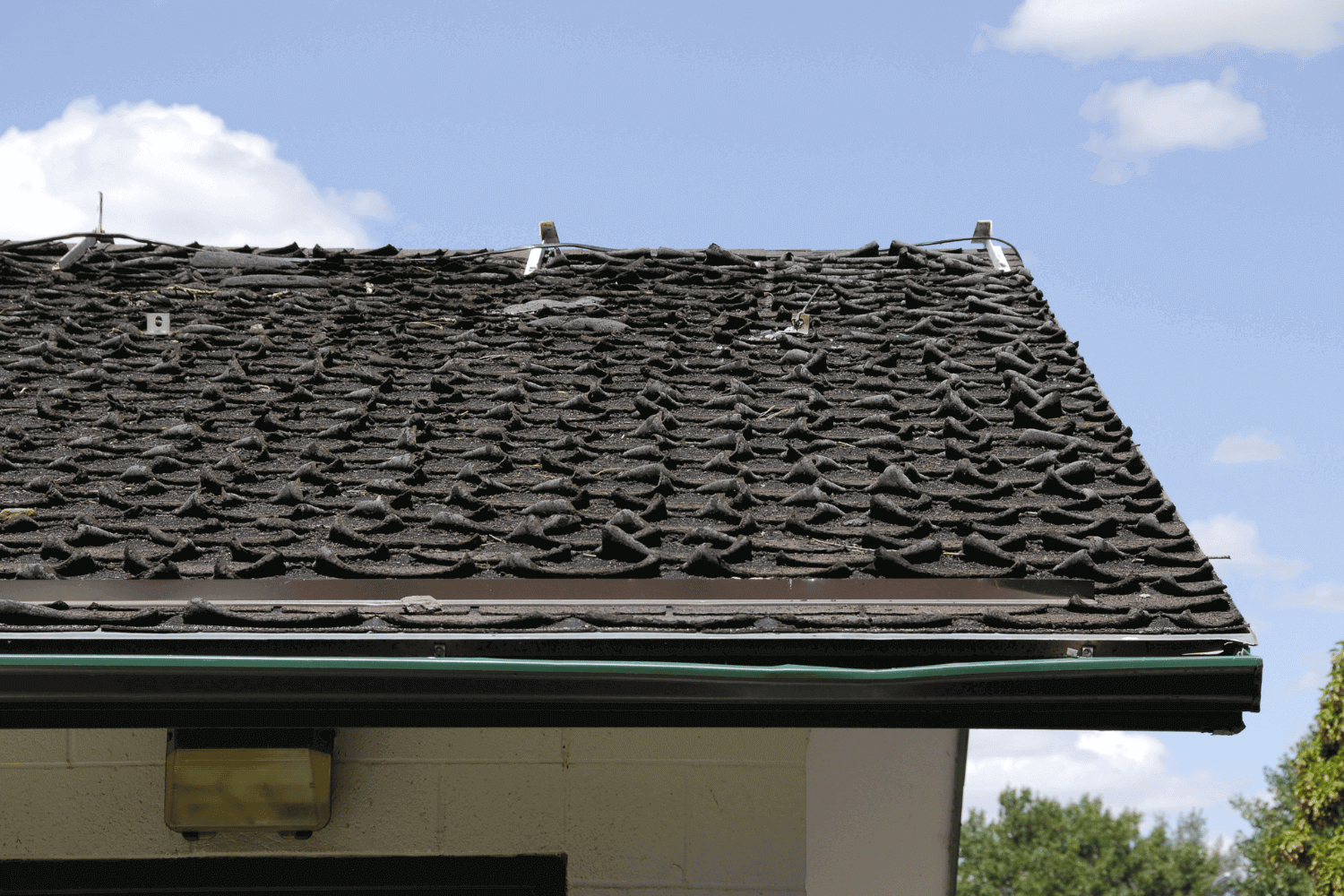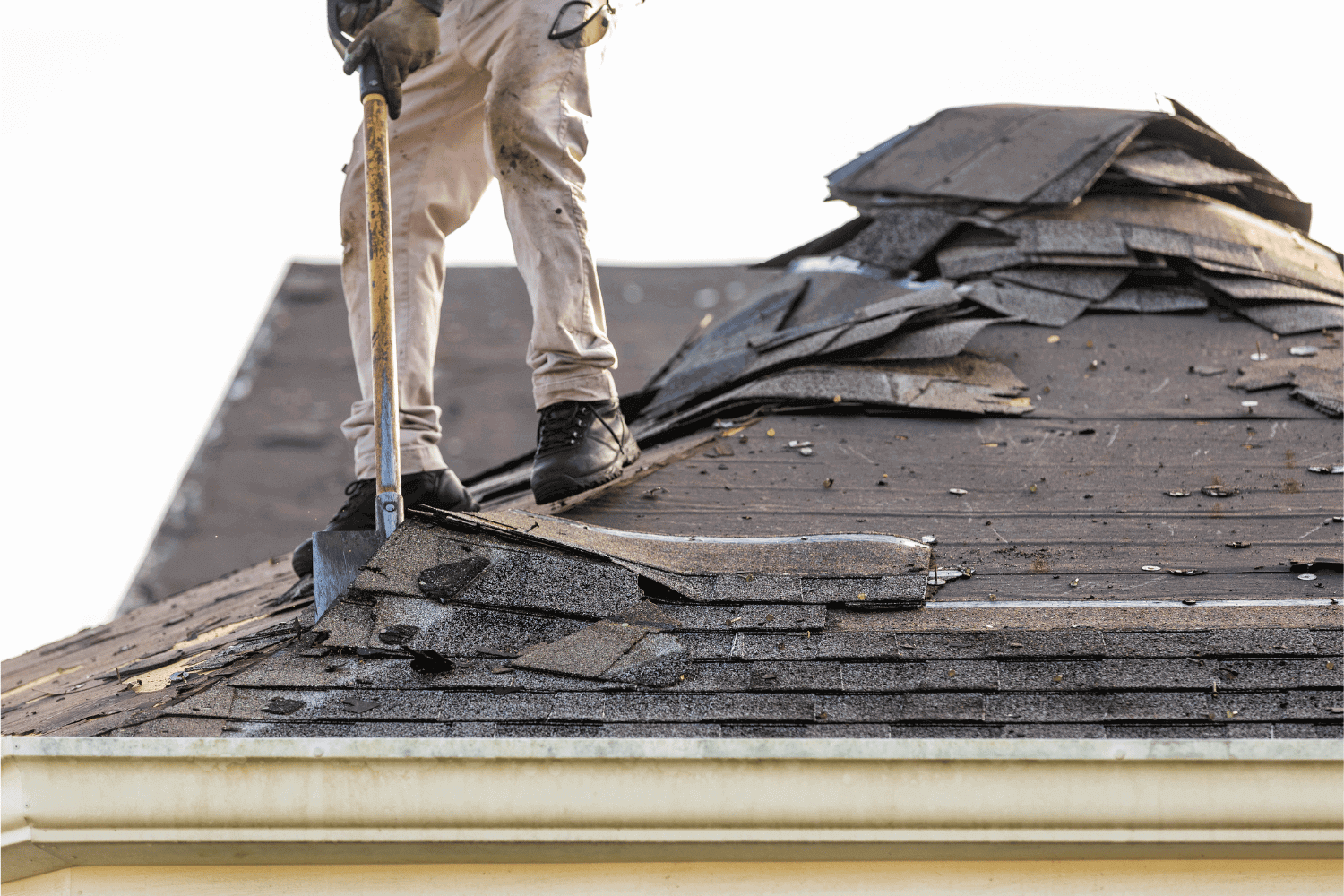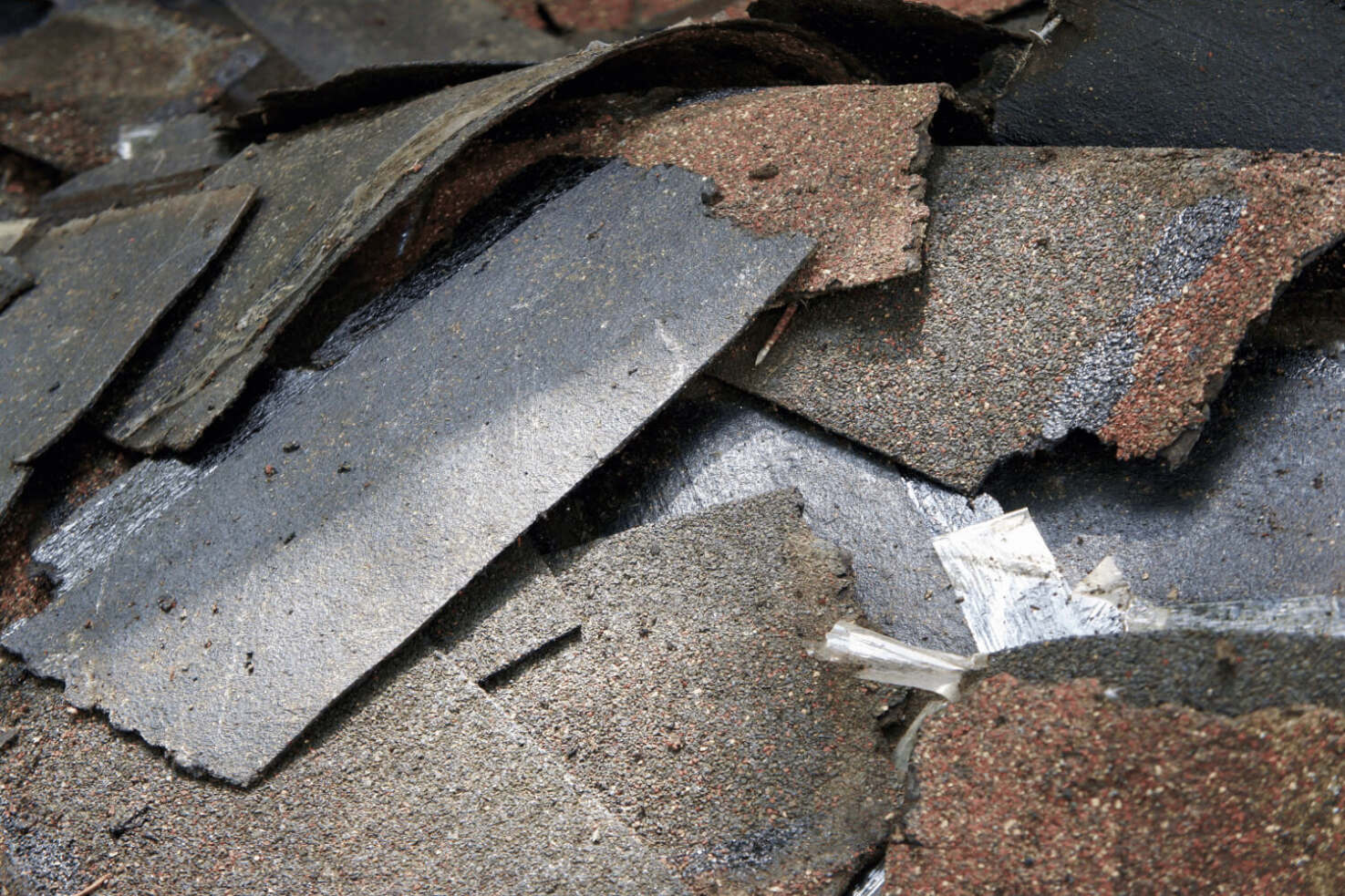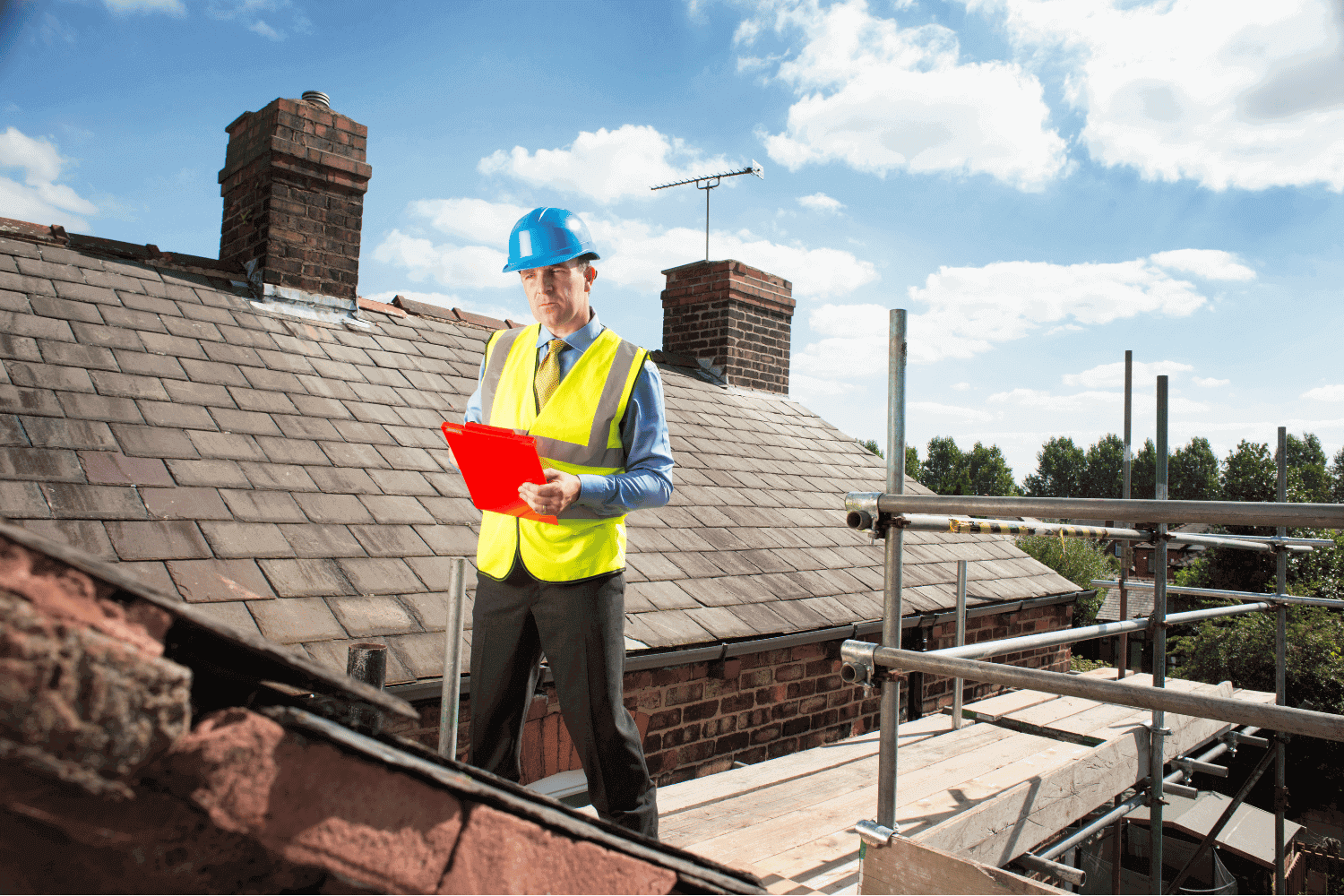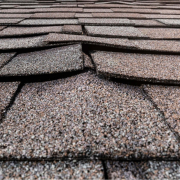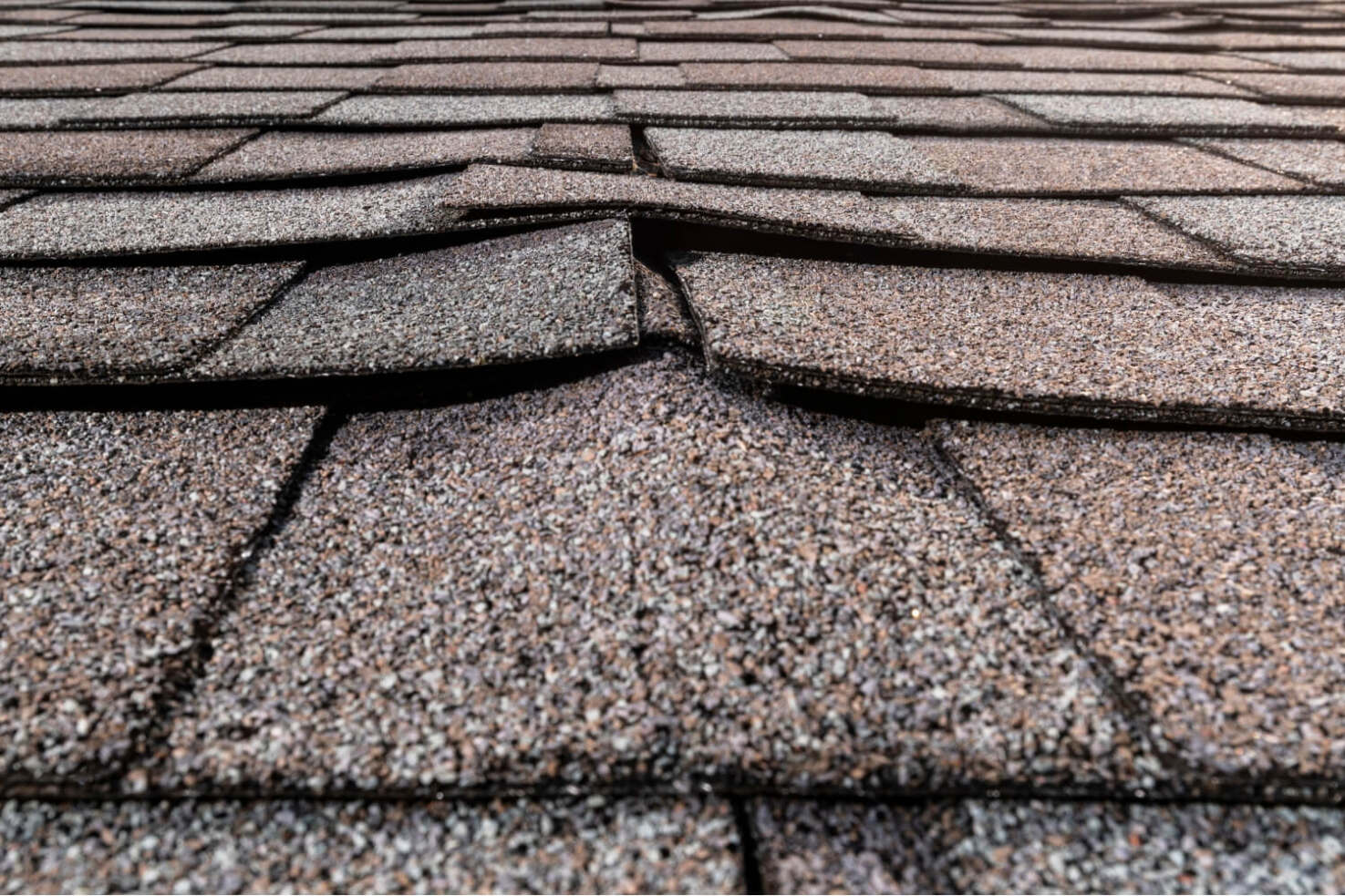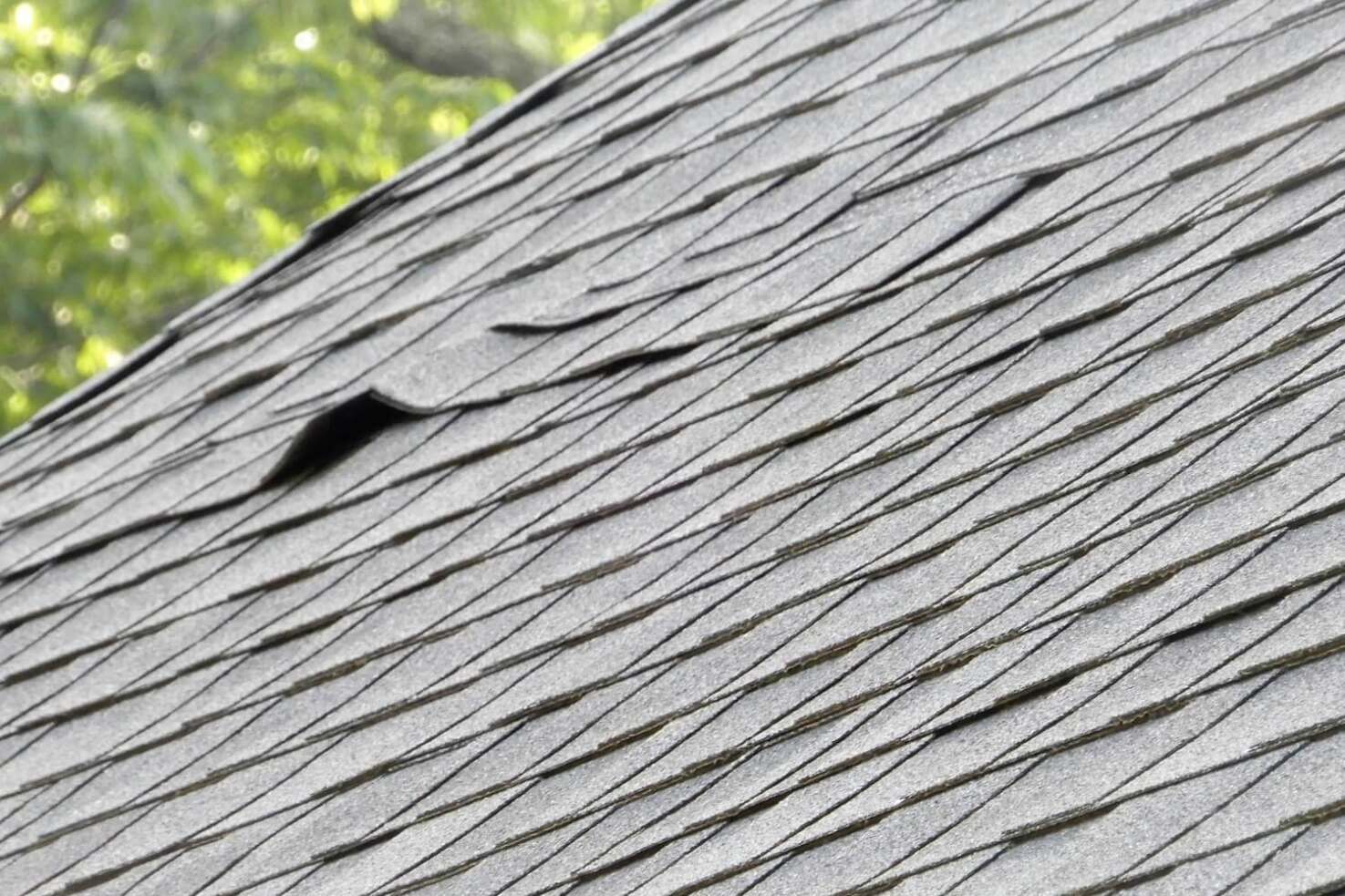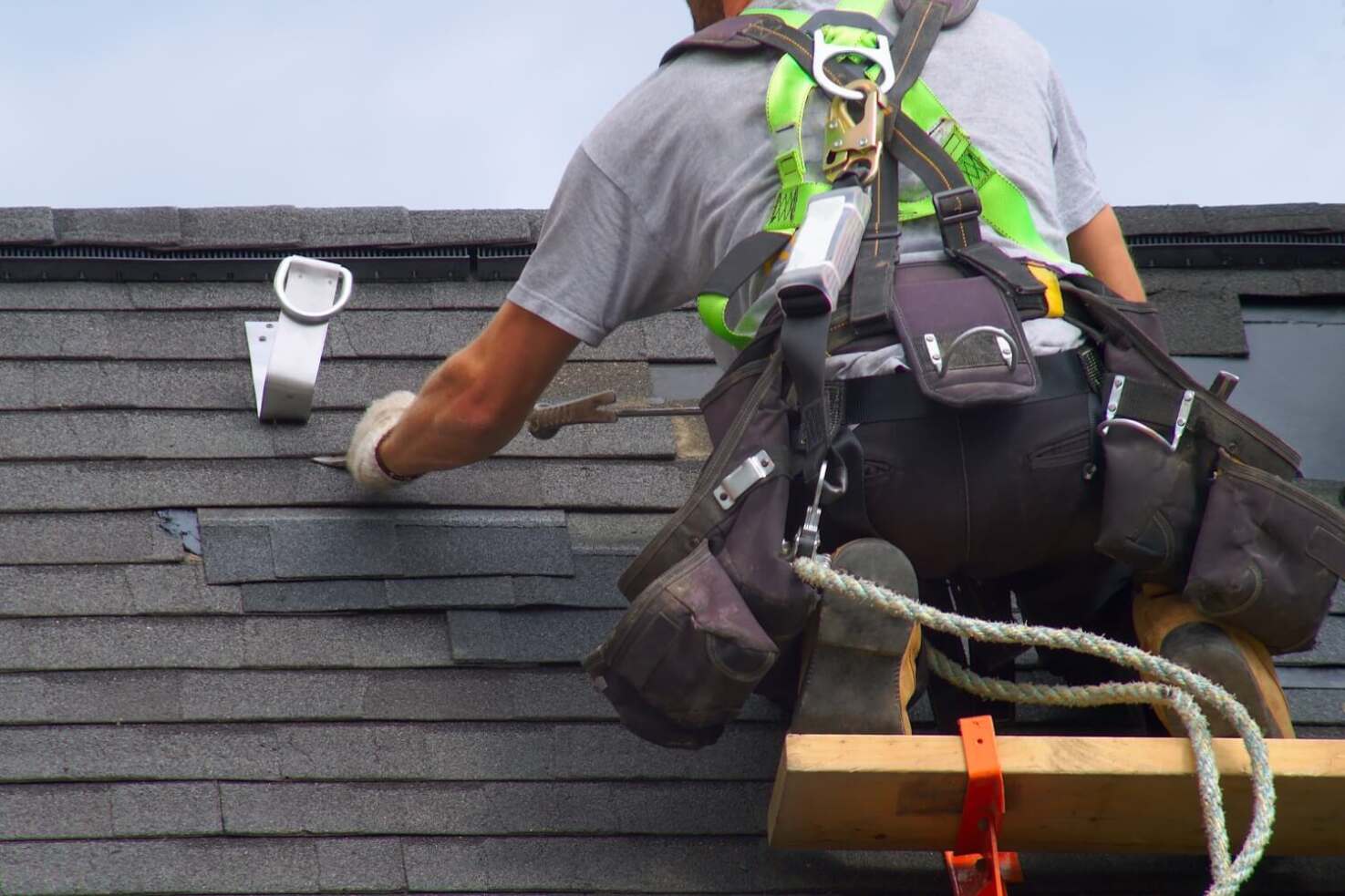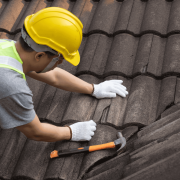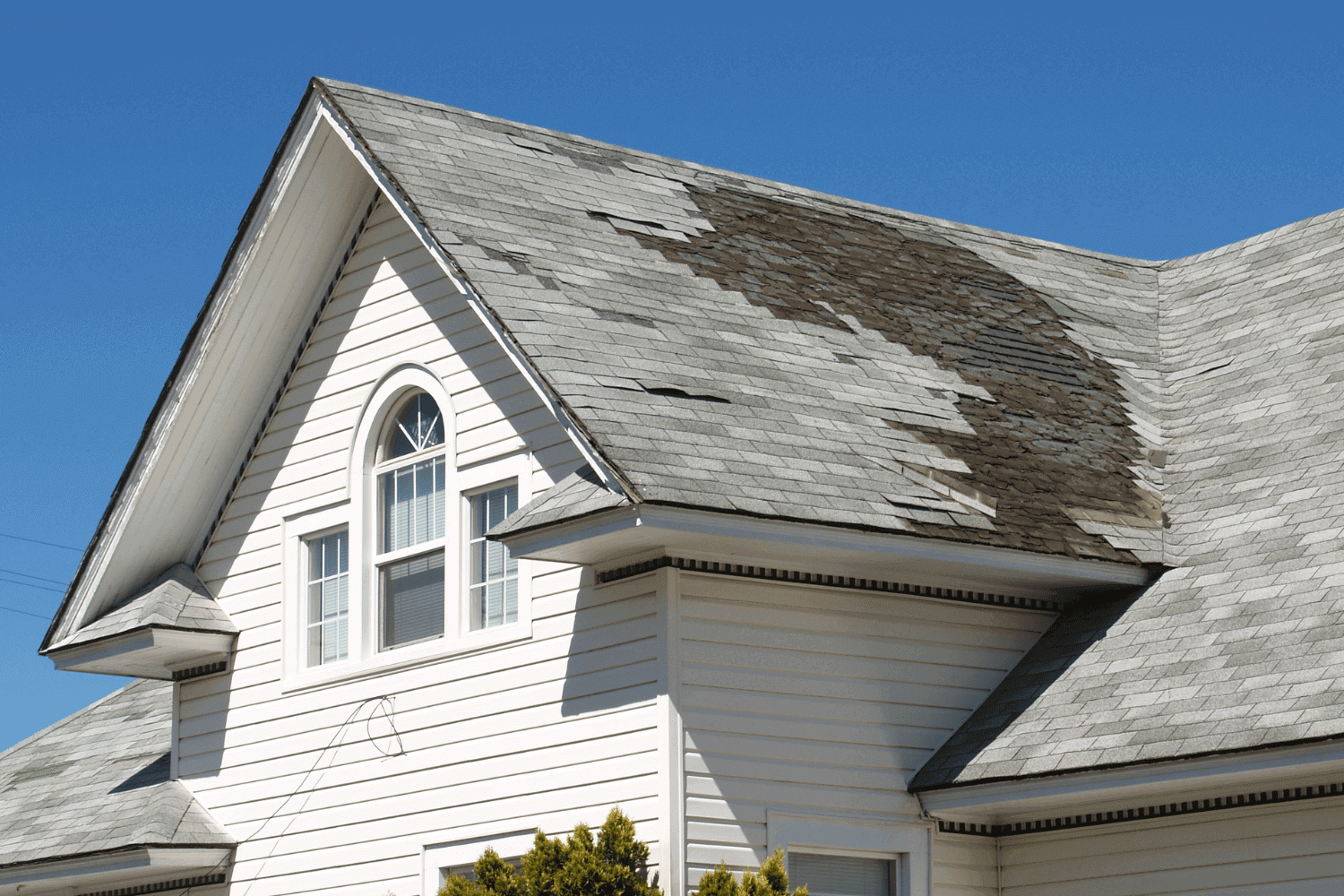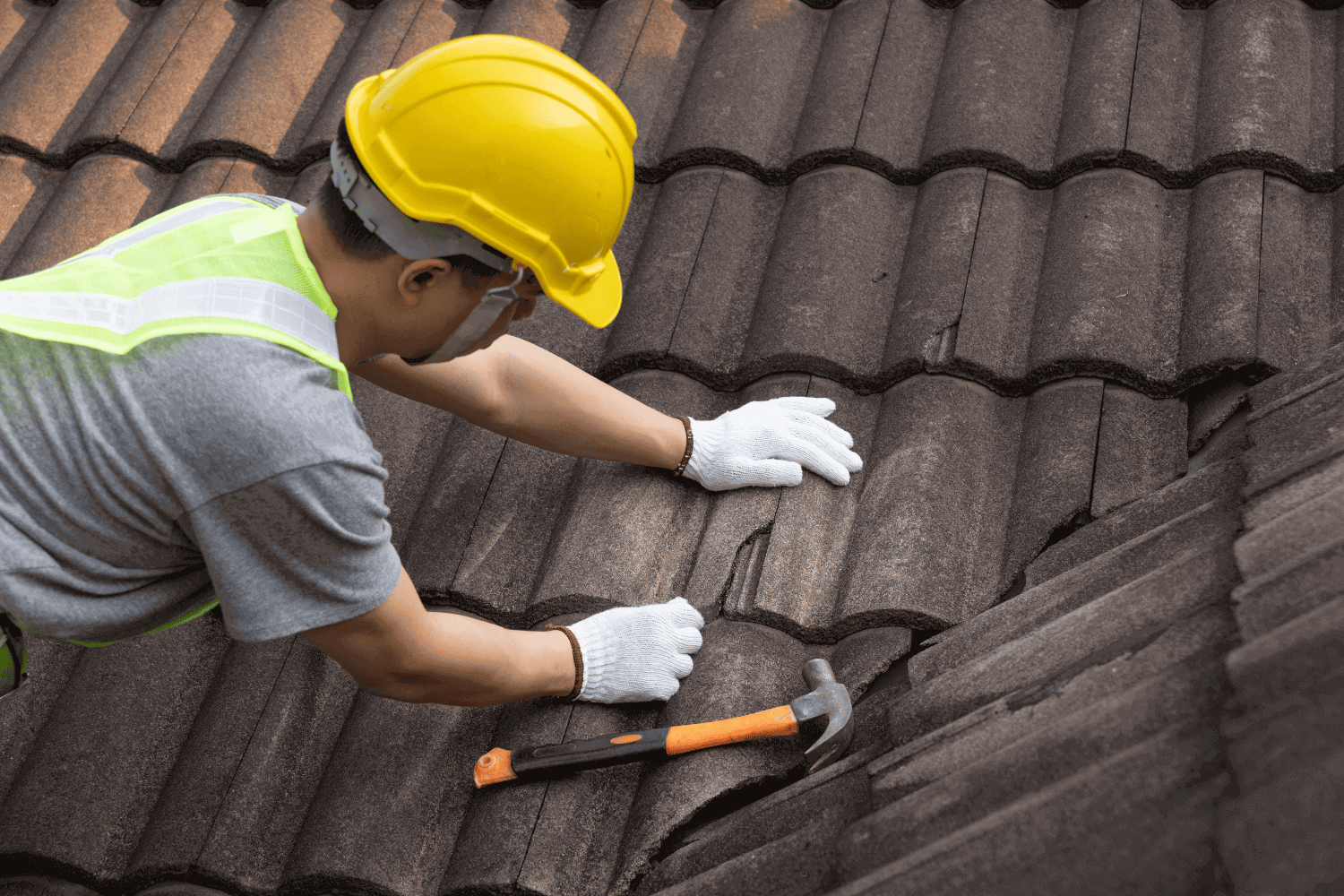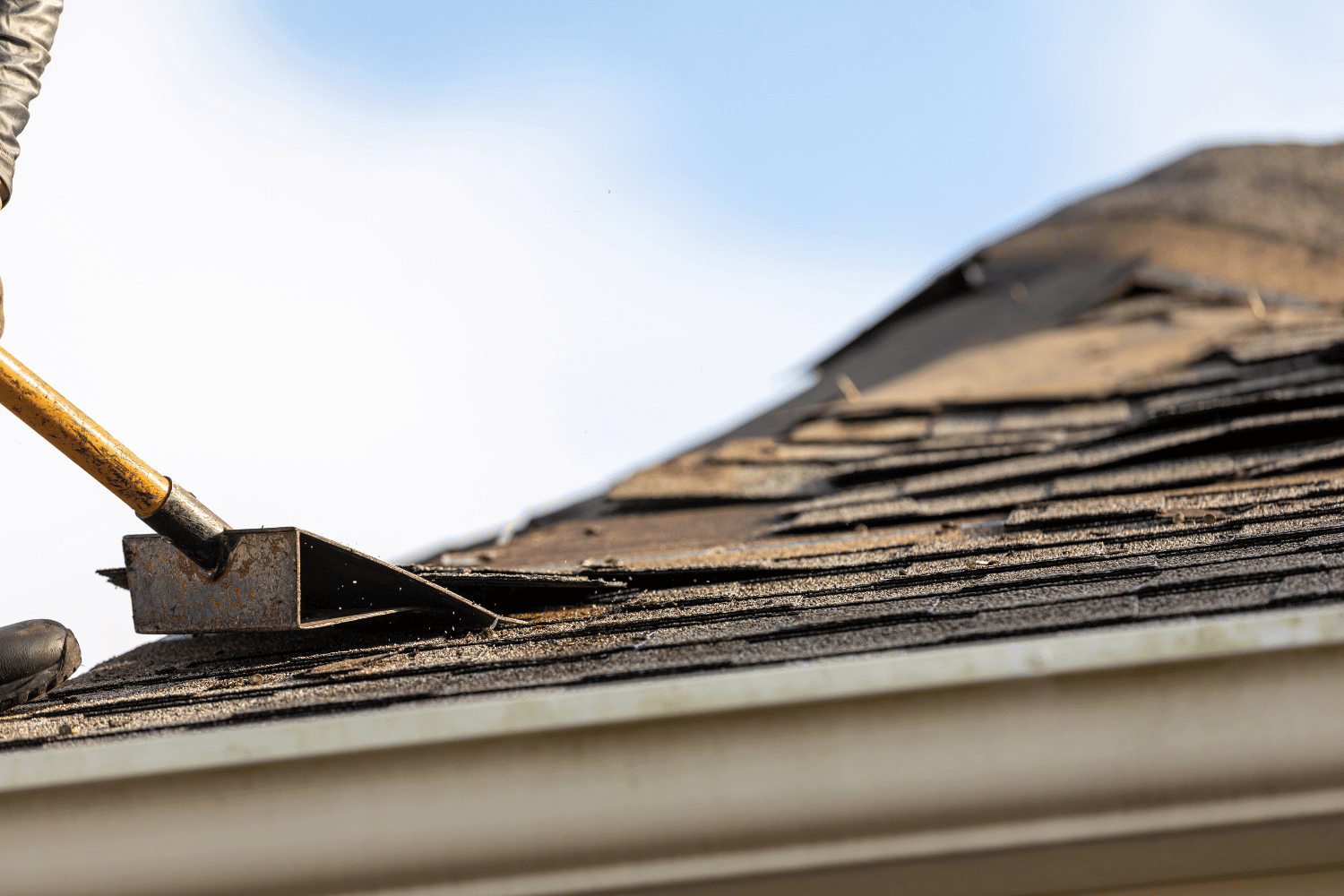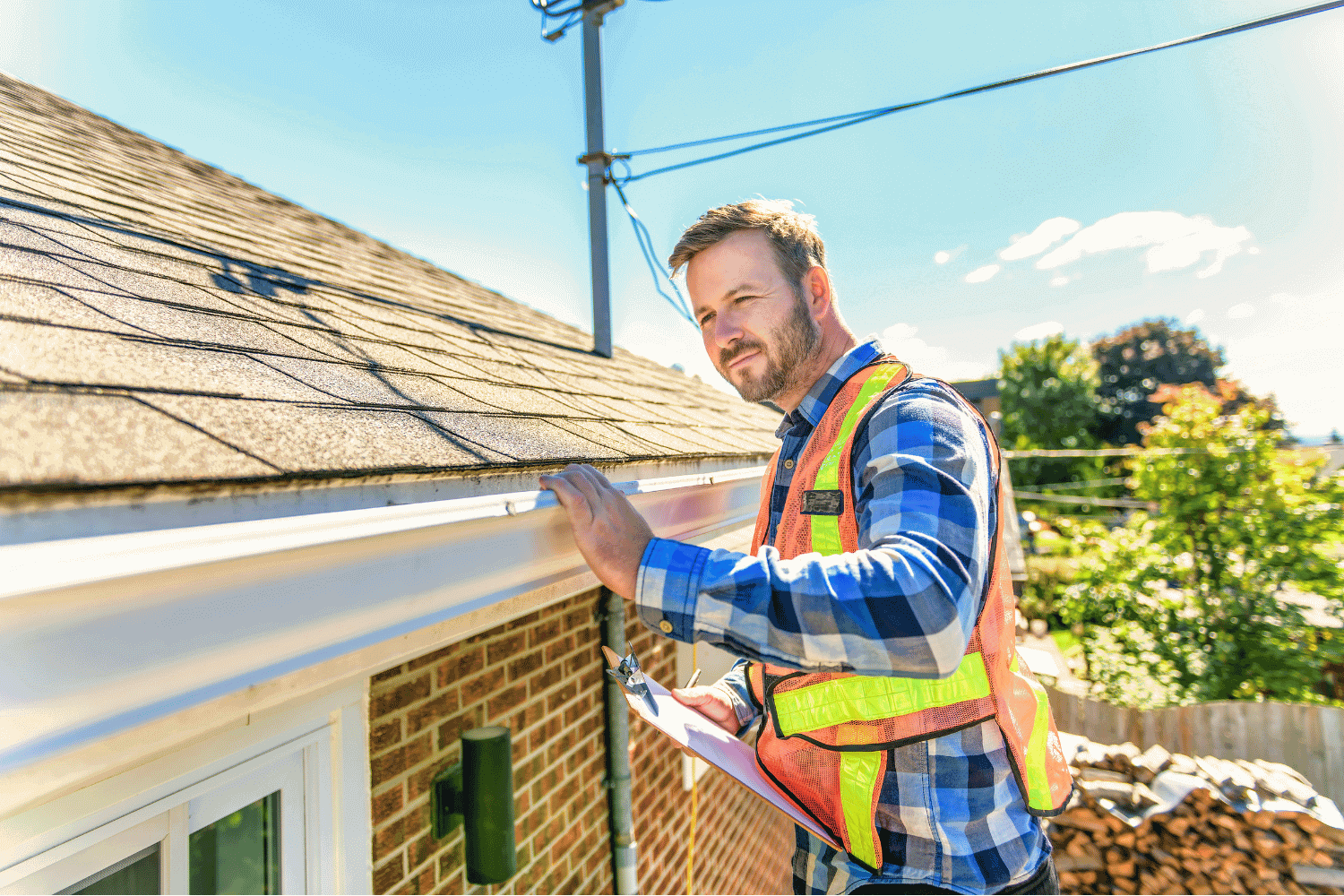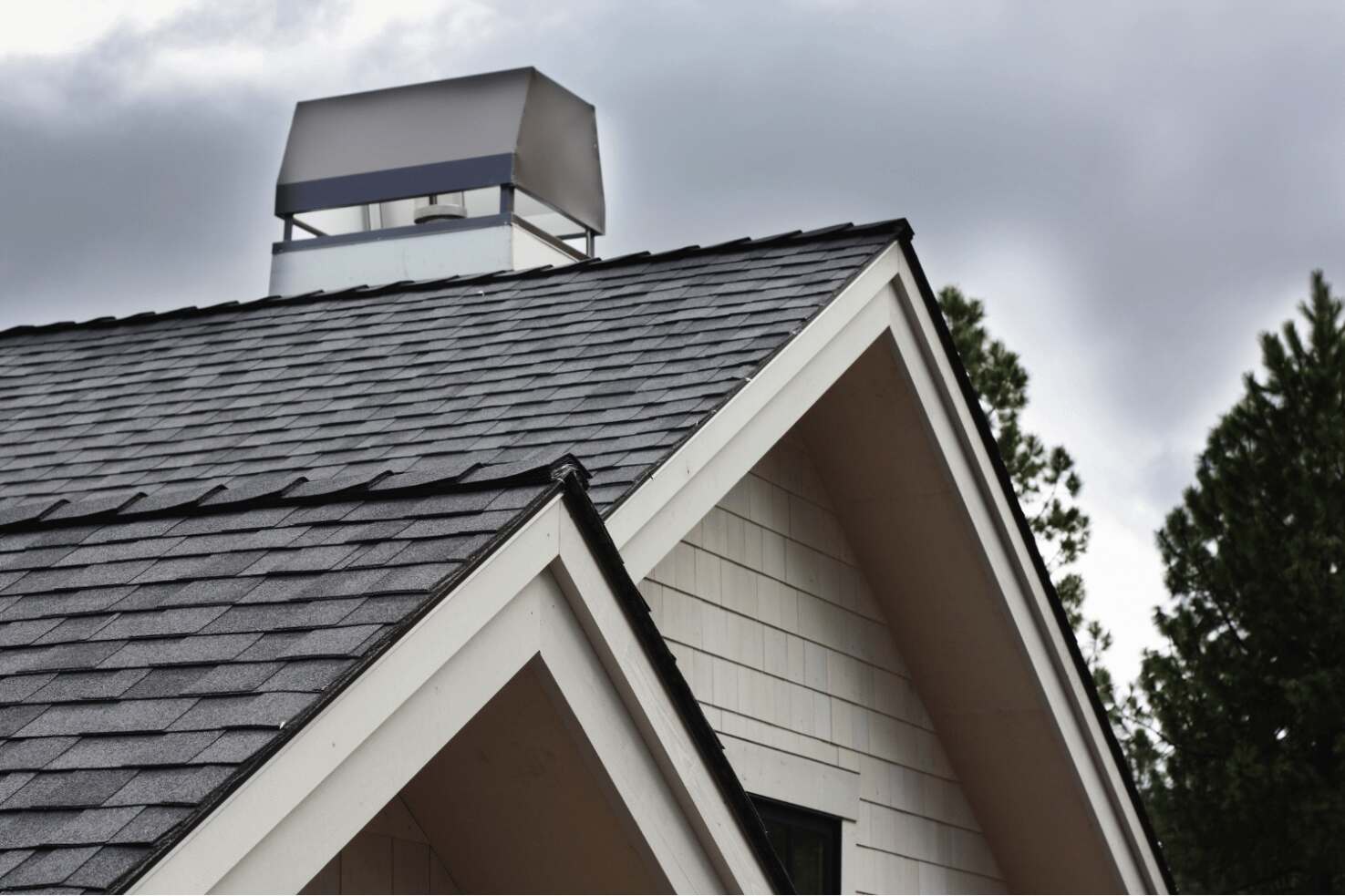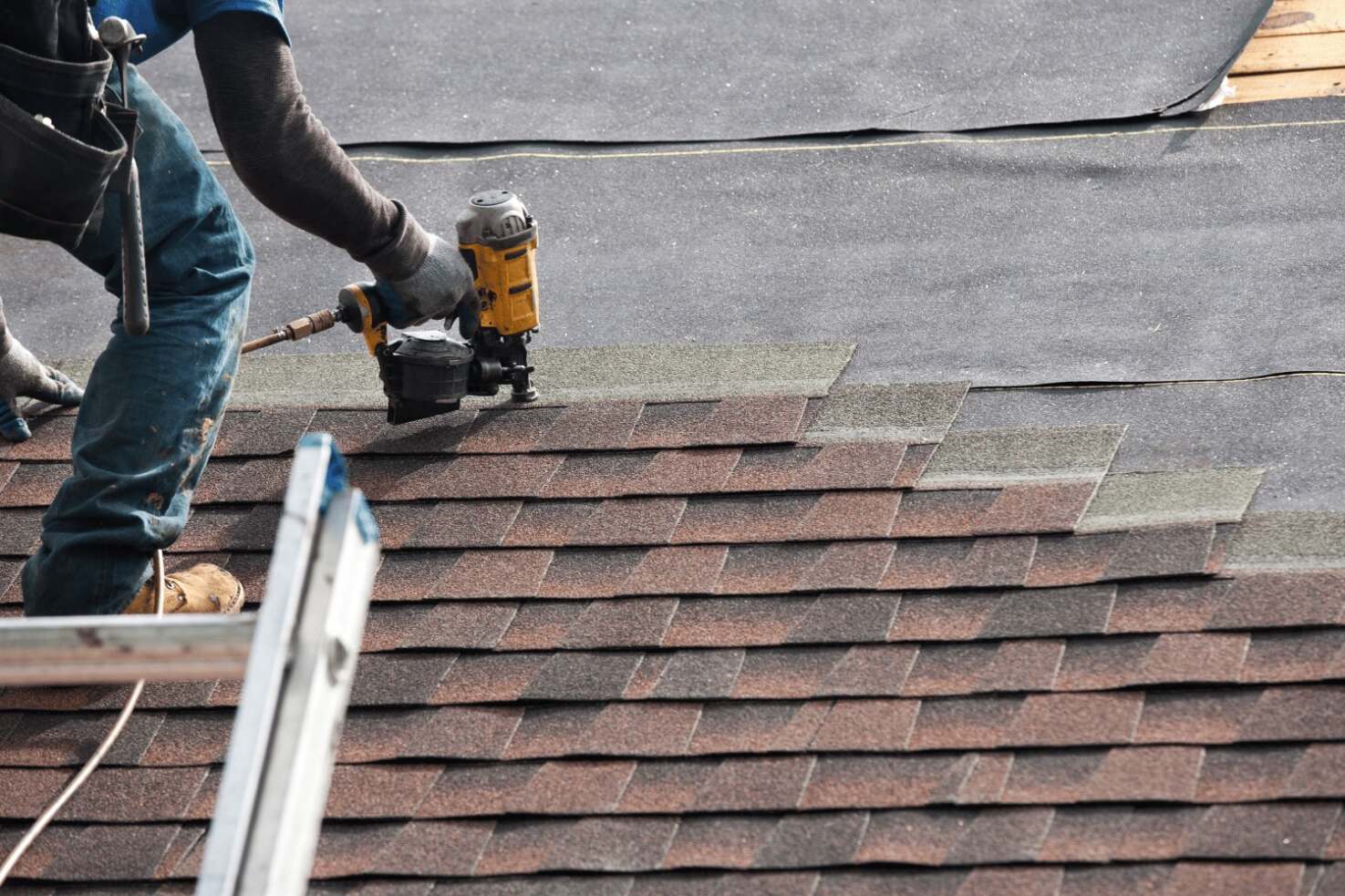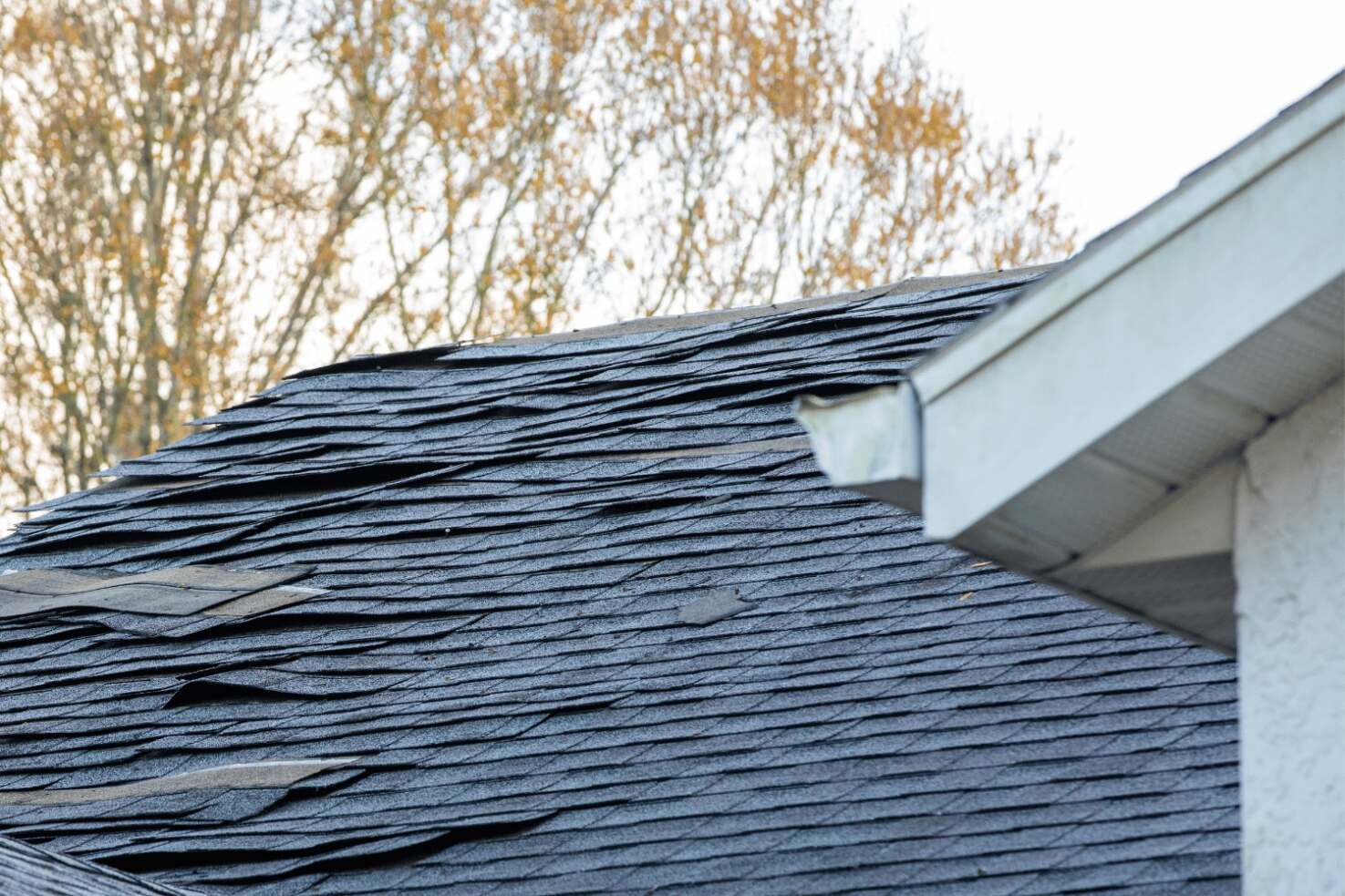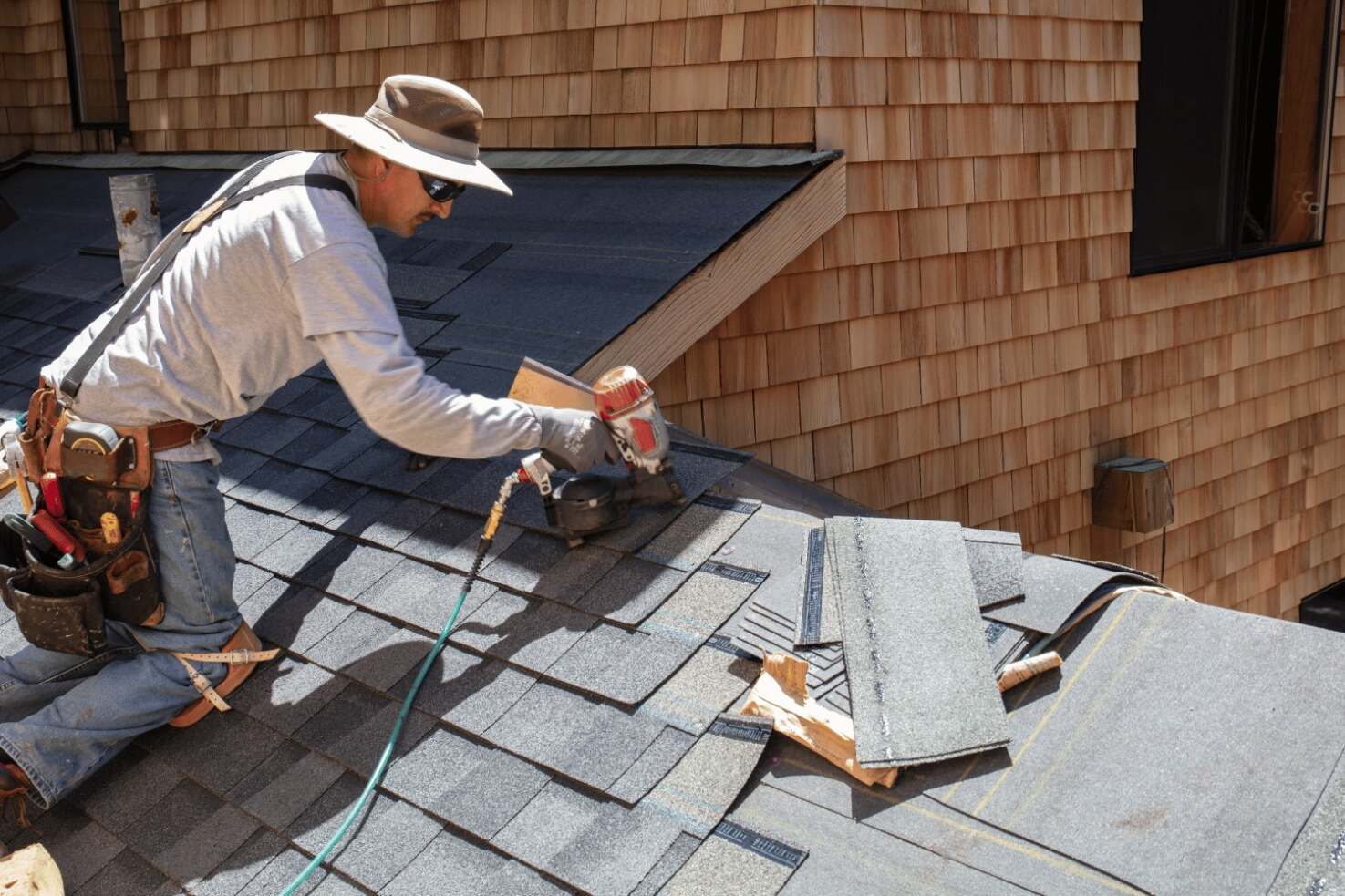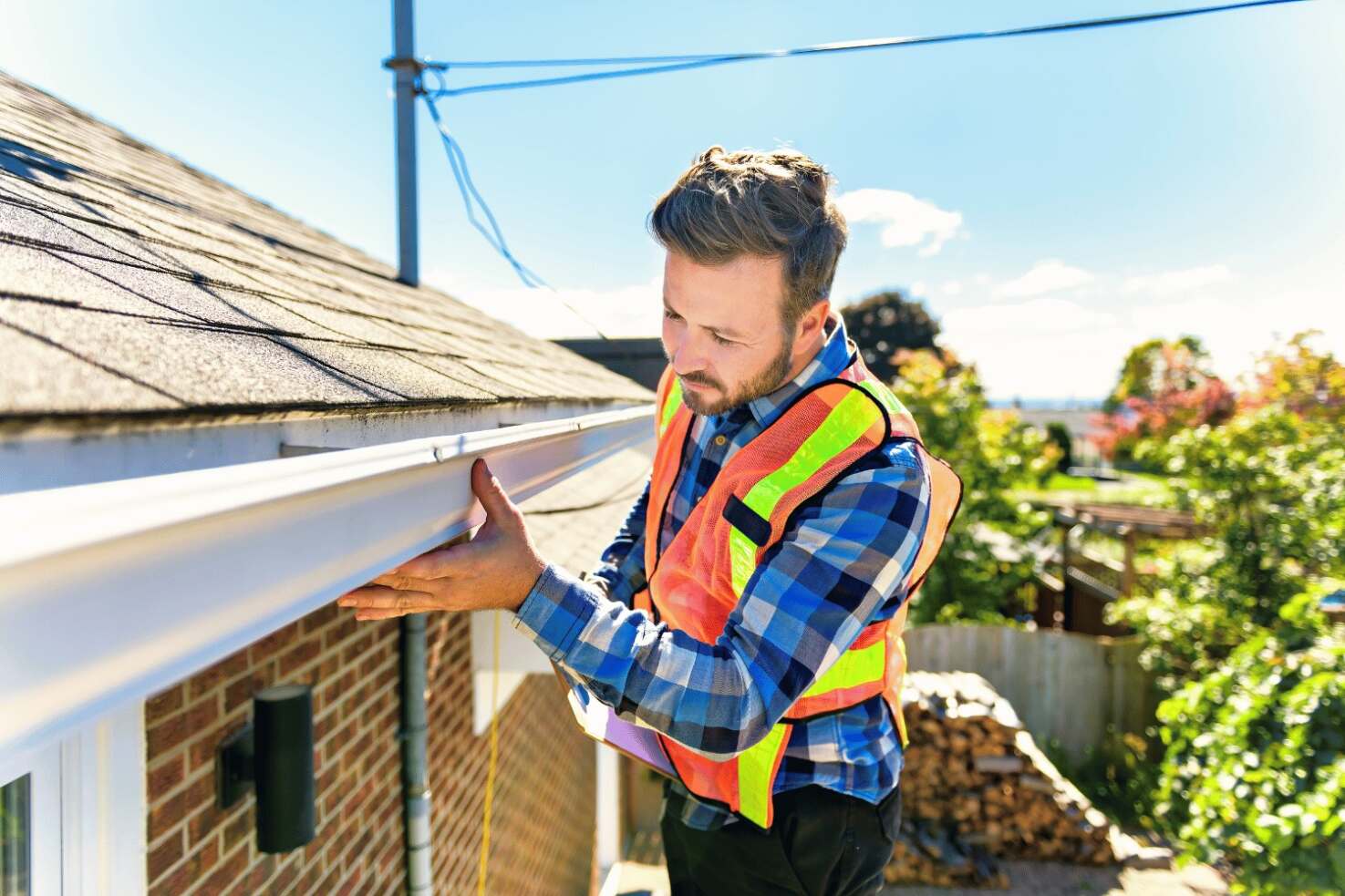How to Master Shingling with Architectural Shingles: A Step-by-Step Guide
Want to improve your home’s roof with architectural shingles? This guide will show you how to install them correctly. From preparation to final touches, you’ll learn each step to ensure a durable and attractive finish.
Key Takeaways
-
Architectural shingles offer enhanced durability and aesthetic versatility, mimicking more expensive materials while providing superior weather resistance.
-
Proper preparation and safety precautions are crucial for successful installation, including inspecting the roof deck and gathering necessary materials.
-
Regular maintenance and inspections are essential for prolonging the lifespan of architectural shingles, addressing common issues like curling and cracking promptly.
How to Master Shingling with Architectural Shingles: A Step-by-Step Guide
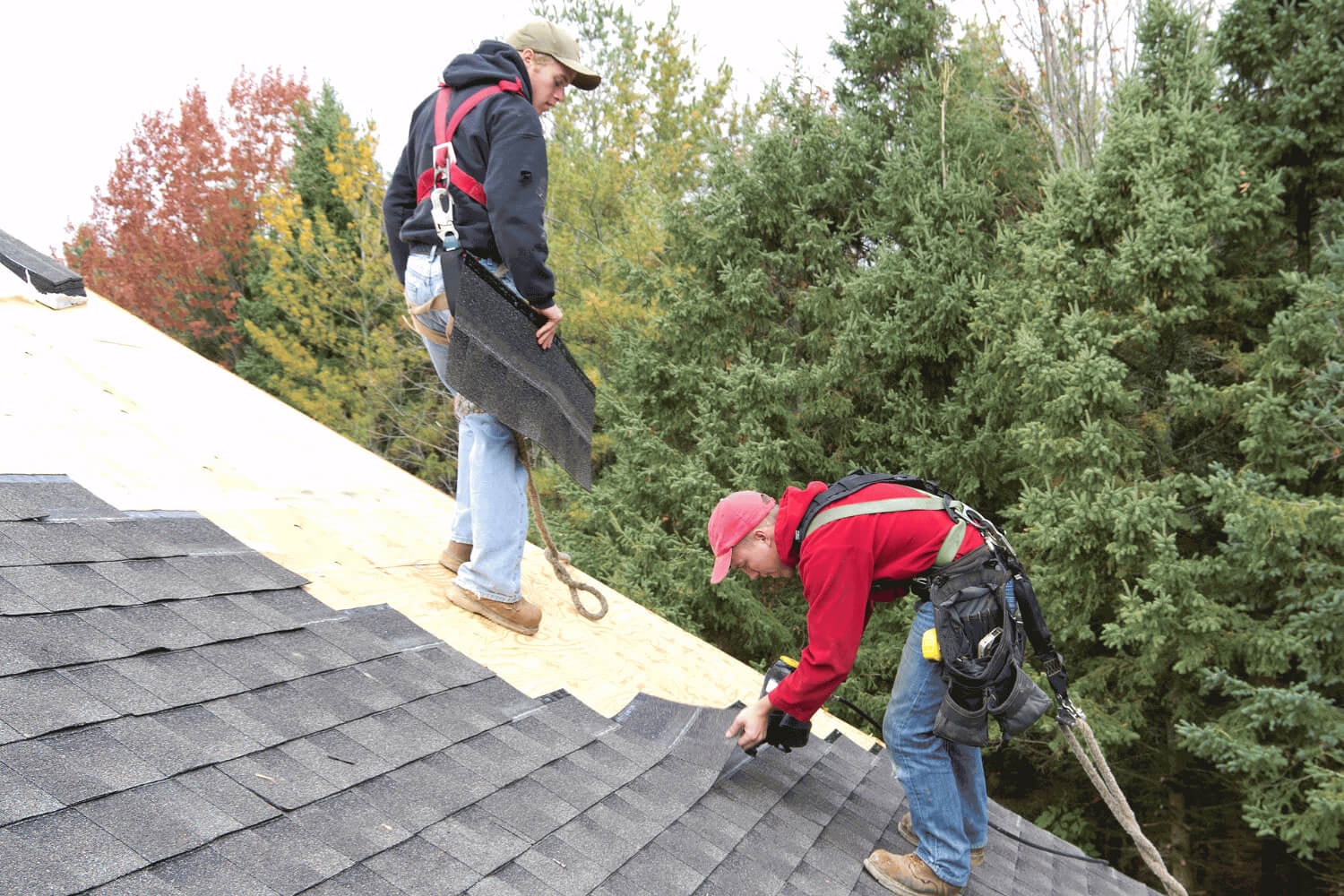
Architectural shingles, also known as dimensional or laminate shingles, stand out due to their enhanced strength and aesthetic appeal. Unlike traditional shingles, they are designed to mimic the look of more expensive roofing materials like wood shakes or slate tiles, offering a visually appealing alternative without the hefty price tag. Their multi-layered construction provides superior durability, making them an excellent investment for any homeowner looking to enhance their roof’s longevity and appearance.
This guide offers a detailed, step-by-step approach to installing architectural shingles, from preparing the roof deck to the final touches. Following these steps ensures a smooth installation process that maximizes the lifespan and performance of your shingles. Essential tools and materials, safety precautions, and expert tips are covered to help you achieve a professional finish.
One of the key benefits of architectural shingles is their ability to withstand harsh weather conditions, thanks to their robust construction. This guide will also highlight maintenance tips to help you keep your asphalt shingle roof in top condition, ensuring that your investment pays off for many years to come.
By the end of this guide, you’ll understand how to install architectural shingles effectively, whether working on a new roof or replacing old shingles.
Introduction
Architectural shingles have become a popular choice for homeowners due to their enhanced durability and aesthetic appeal. However, ensuring a successful installation requires meticulous planning and adherence to best practices. This guide will take you through each step of the process, from initial preparation to the final inspection, ensuring that you achieve a high-quality finish that stands the test of time.
Safety is paramount in any roofing project. This guide emphasizes the importance of using proper safety equipment, such as harnesses, sturdy ladders, and protective gear, to protect yourself during the shingling process. Additionally, adhering to local building codes is crucial to ensure compliance and safety throughout the installation.
This guide equips you with the knowledge and tools needed to confidently tackle your roofing project and achieve a successful outcome.
Understanding Architectural Shingles

Architectural shingles, also known as dimensional or laminate shingles, are crafted from multiple layers of architectural asphalt shingles, providing enhanced strength and durability. Their design allows them to resist severe weather conditions, making them a reliable choice for any roof. These shingles also come in a variety of colors, designs, and textures, allowing homeowners to choose an option that complements their home’s aesthetic.
A key advantage of architectural shingles is their enhanced performance against harsh elements. The layered construction boosts wind resistance and prevents rain penetration, keeping your roof intact during storms. Regular maintenance, including protecting shingles from water damage and conducting periodic inspections, can further prolong their lifespan.
Architectural shingles significantly boost a home’s curb appeal while offering practical benefits. Available in various styles, they can mimic expensive materials like wood shakes or slate tiles, providing a luxurious look without the high cost. This versatility makes them a popular choice for enhancing a home’s exterior.
Benefits of Architectural Shingles
Architectural shingles offer numerous benefits, making them a superior choice over traditional three-tab shingles. Their increased durability and longer lifespan make them a cost-effective investment for homeowners. Unlike standard asphalt shingles, architectural shingles can last up to 50 years with proper maintenance, significantly outlasting their counterparts.
These roof shingles are also designed to withstand various elements, including wind uplift, rain penetration, and impact damage. Their multi-layered construction and heavier weight contribute to their greater resistance, ensuring that your roof remains secure and intact even during severe weather conditions. This durability not only protects your home but also reduces the need for frequent repairs or replacements.
In addition to their practical advantages, architectural shingles enhance the overall aesthetic appeal of a home. They can mimic the look of more expensive materials, such as slate or wood shakes, without the associated high costs. This versatility allows homeowners to achieve their desired look while staying within budget. Moreover, homes with architectural shingles often have a higher resale value, making them an appealing option for those looking to increase their property’s worth.
Types of Architectural Shingles
Architectural shingles come in various types, each offering unique aesthetic and functional benefits. Also known as laminated or dimensional shingles, architectural roof shingles are available in a wide array of styles, including classic slate and modern dimensional looks. This variety allows homeowners to choose a design that best suits their home’s architectural style and personal preferences.
Choosing the right type of shingles depends on several factors, including your budget, climate, and aesthetic preferences. While some shingles are designed to mimic the appearance of more expensive materials, others focus on providing enhanced durability and weather resistance. Understanding these differences can help you make an informed decision that meets your specific needs and enhances the overall look of your home.
Preparing for Installation
Proper preparation is crucial for a successful installation of architectural shingles. Before beginning, gather all necessary materials and tools to avoid interruptions. This includes quality roofing underlayment, felt or synthetic, and appropriate cutting tools like tin snips. Also, verify local building codes to ensure compliance and avoid potential issues.
Inspect the roof deck thoroughly to identify any damage or weaknesses that could affect the installation. Look for signs of warping, wood rot, or water infiltration, and address these issues before proceeding. This ensures the roof deck can support the new shingles and provides a solid foundation.
Safety should never be overlooked during a roofing project. Use protective gear, secure ladders properly, and wear non-slip footwear to prevent accidents while working at heights. If unsure about any aspect of the installation or uncomfortable working on the roof, consider hiring a professional roofing contractor.
Inspect the Roof Deck
Before installing architectural shingles, thoroughly inspect the roof deck. Remove old roofing materials and repair any damage to ensure a clean and stable surface. Look for signs of rot or warping, and make necessary repairs to maintain the roof’s structural integrity.
Ensure the roof deck is clean and dry before installing new shingles. Any remaining moisture or debris can compromise the shingles’ adhesion and lead to future issues.
Gathering Roofing Materials
Gathering all necessary roofing materials before starting the installation ensures a smooth and efficient process. Essential materials include starter shingles, underlayment, roofing nails, and safety gear. Starter shingles establish a stable base for the following rows and help prevent wind uplift.
Carefully calculate the quantity of materials needed to avoid shortages mid-project. Purchase a bit more shingles than required to account for mistakes or damage during installation. Having all materials ready ensures a smooth installation without unnecessary delays.
Safety Precautions
Safety should be a top priority during any roofing project. Wear protective gear, such as gloves and safety glasses, to protect yourself from potential hazards. Secure ladders properly and wear non-slip footwear to avoid accidents while working at heights. These precautions can prevent injuries and ensure a safe working environment.
If hesitant or uncomfortable about climbing on the roof, consult a professional roofing contractor. Professionals have the experience and equipment necessary to handle the installation safely and efficiently, providing peace of mind.
Installing the Underlayment and Starter Shingles

The first steps in installing architectural shingles involve laying the underlayment and applying starter shingles. These initial layers create a waterproof barrier and provide a solid foundation for the subsequent shingles. Proper installation of these components is crucial for the project’s overall success.
Laying the Underlayment
Inspect the roof deck for any damage and make necessary repairs to ensure a clean and stable surface. Lay the underlayment in overlapping courses to ensure maximum water protection. Start from the bottom of the roof and work your way up, securing the underlayment with nails spaced about 12-18 inches apart along the edges. This creates a continuous barrier that prevents water infiltration and protects the roof deck.
Applying Starter Shingles
Starter shingles form the first layer at the roof edges, providing a solid foundation and preventing wind uplift. Position them with the adhesive side facing up for proper adhesion. Secure the starter shingles with nails spaced about 6 inches apart for maximum stability. Using starter shingles reduces the risk of leaks, increases overall roof longevity, and enhances the roof’s integrity against elements.
Step-by-Step Shingle Installation
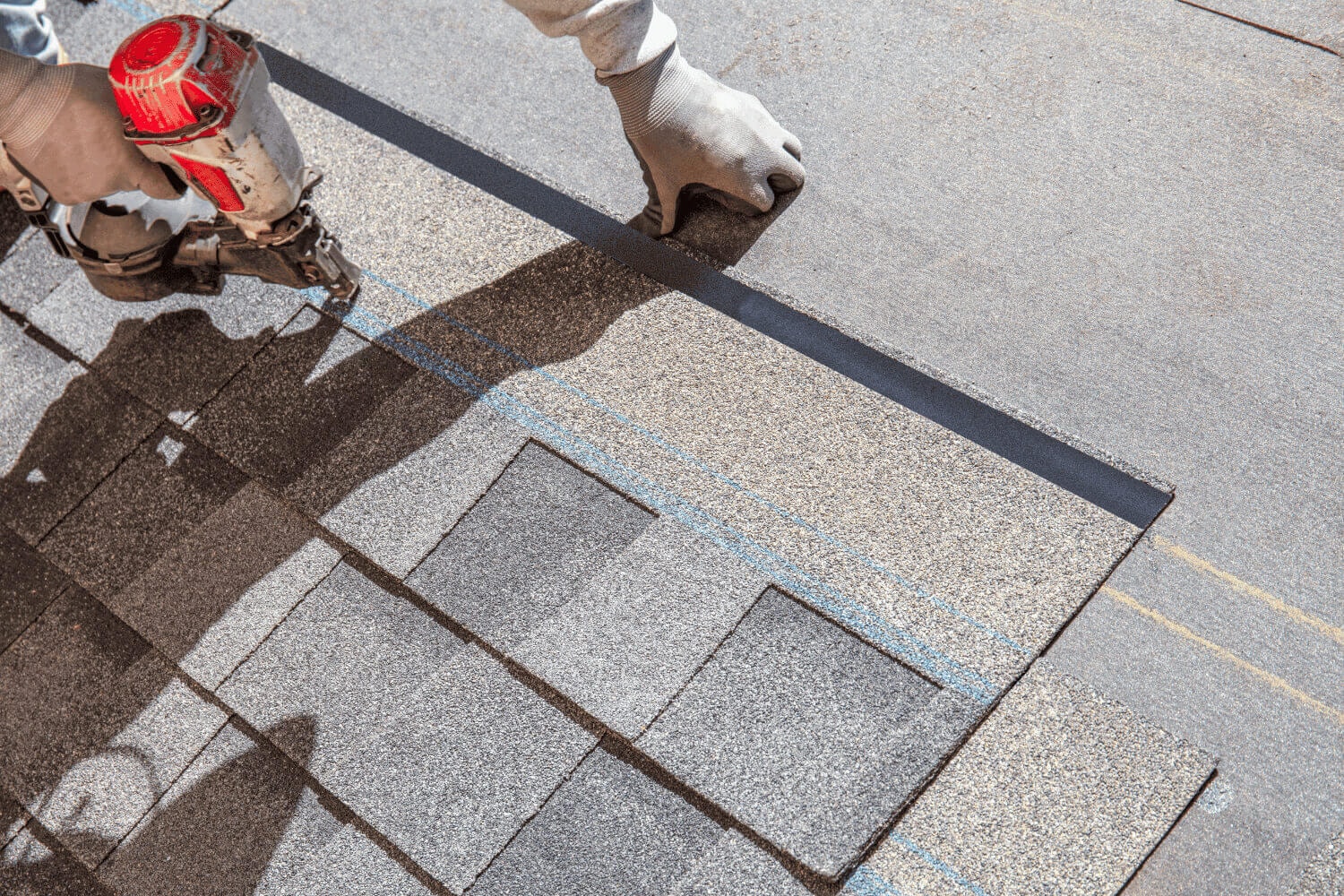
Installing the main shingles involves a step-by-step approach to ensure proper alignment and secure fastening to install roof shingles. Begin at the bottom of the roof and work your way up, overlapping the rows according to the manufacturer’s instructions. Proper alignment and nailing techniques are crucial to prevent leaks and ensure a durable roof.
The first course of shingles should overhang the eaves to guide water into the gutters and ensure proper drainage. Stagger the rows of shingles to avoid vertical alignment, which can allow water to penetrate and cause leaks. This is vital for maintaining the roof’s integrity and preventing future issues.
Positioning the First Course
Start the installation at the bottom edge of the roof to ensure proper water drainage and create a solid foundation for the subsequent rows. The initial row of shingles should overhang the eaves by about 1/2 to 3/4 inch to guide water into the gutters and prevent damage.
Secure the first course of shingles by placing a full shingle at one end of the roof and fastening it securely. This establishes a strong base for the rest of the shingles.
Nailing Techniques
Proper nailing techniques are essential for a successful architectural shingle installation. Place nails in the adhesive strip below the sealant strip to ensure the shingles are securely fastened. This placement helps prevent shingles from lifting during strong winds and ensures a tight seal against water infiltration.
Using a chalk line to mark guidelines helps maintain straight rows and consistent spacing between shingles. This attention to detail is crucial for achieving a professional finish and ensuring long-term roof durability.
Aligning and Overlapping Shingles
Aligning and overlapping shingles correctly prevents leaks and ensures a durable roof. Each row should be staggered to avoid vertical alignment, which could allow water to penetrate. This pattern enhances the roof’s aesthetic appeal and overall strength.
Follow the manufacturer’s instructions for overlapping the shingles to ensure a consistent and watertight installation. Proper alignment and overlapping protect the roof from the elements and contribute to a polished, professional appearance.
Trimming and Fitting Shingles
Trimming and fitting shingles around roof features like vents and chimneys require precision and care. Properly cutting and fitting these shingles ensures a professional finish and prevents potential leaks. Use a sharp utility knife or roofing shears for clean cuts and a precise fit.
Cutting Shingles to Size
Use a utility knife or roofing shears to cut architectural shingles accurately. A sharp utility knife is recommended for clean cuts and ensuring the shingles fit properly around the edges and corners of the roof.
Navigating Roof Features
Navigating roof features such as vents, chimneys, and skylights requires careful trimming and sealing of shingles. Cut the shingles to fit snugly around these features, ensuring no gaps are left unsealed. Use a trowel to smooth the roofing cement and ensure a secure seal around these features.
Allow for expansion and contraction by maintaining a small gap between the shingles and features like chimneys. This prevents shingle damage and ensures a longer-lasting roof.
Installing Ridge Caps and Final Touches

The final steps in the installation process involve installing ridge cap shingles and conducting a thorough inspection. Ridge cap shingles cover the roof’s ridge, providing a polished finish and additional protection against the elements. These shingles should match the architectural shingles for a cohesive look and effective performance.
Follow the manufacturer’s guidelines for installing ridge cap shingles, starting from the end opposite the prevailing winds for optimal wind resistance. After installing the ridge cap shingles, perform a final inspection to check for proper alignment and fastening of all shingles. This step ensures that any areas requiring adjustments or corrections are addressed before finalizing the roofing project.
Installing Ridge Cap Shingles
Ridge cap shingles are essential for covering the roof’s ridge and providing a polished finish. If not already pre-cut, cut the shingles into ridge cap units and align them with the thicker edge facing outward. Start from the bottom for hip shingles and overlap each shingle to install ridge cap shingles for a secure fit.
Nail each ridge cap shingle down with two nails, one on each side, using nails that are at least two inches long to ensure a secure fit. Seal the last shingle with roofing cement to prevent water infiltration and enhance the roof’s durability.
Final Inspection and Clean-Up
After completing the installation, conduct a thorough inspection to ensure proper alignment and fastening of all shingles. Check for any areas that may require adjustments or corrections before finalizing the project.
Remove any debris from the roof to maintain its aesthetic appeal and prevent potential damage. A clean and finished appearance is crucial for showcasing the quality of the installation and ensuring the roof’s longevity.
Maintenance Tips for Longevity
Proper maintenance is essential for prolonging the lifespan of architectural shingles. Regular inspections and cleaning of gutters help prevent water damage and ensure the integrity of the shingles. After severe weather events, inspect the roof for any damage or loose shingles and address any issues promptly.
Ensuring shingles are securely fastened and properly aligned is vital for roof maintenance. Regular maintenance not only extends the lifespan of the shingles but also enhances the overall appearance of the roof.
Repairs may be necessary to address common issues such as curling, cracking, or granule loss. By performing timely repairs, you can maintain the roof’s integrity and prevent more significant problems from developing.
Regular Inspections
Regular inspections are crucial for identifying potential issues early. It’s recommended to inspect the roof at least twice a year or after major weather events to ensure proper water drainage and prevent moisture buildup. Look for signs of damage, such as loose or missing shingles, and address any issues promptly to maintain the roof’s integrity.
If you’re unsure about any aspect of the inspection, consider consulting a professional roofing contractor. Their expertise can help identify potential problems and provide recommendations for repairs or maintenance.
Common Issues and Repairs
Common issues with shingles include:
-
curling
-
cracking
-
granule loss
-
missing shingles
These problems can compromise the roof’s integrity and lead to more significant issues if not addressed promptly. Regular inspections and timely repairs are essential for maintaining the roof’s condition and preventing further damage.
If shingles need repair or replacement, a detailed report with recommendations can help guide the necessary actions. This ensures that the roof remains secure and in good condition, extending its lifespan and protecting your home.
Summary
Mastering the installation of architectural shingles involves careful preparation, precise execution, and regular maintenance. From inspecting the roof deck and gathering materials to laying the underlayment and installing the main shingles, each step is crucial for achieving a high-quality finish. Proper nailing techniques, alignment, and overlapping ensure the shingles are securely fastened and protected against the elements.
Regular inspections and timely repairs help maintain the roof’s integrity and extend its lifespan. By following this comprehensive guide, you can confidently tackle your roofing project and enjoy the benefits of a durable, aesthetically pleasing roof that enhances your home’s value and appearance.
Frequently Asked Questions
What factors determine the best type of shingles for a roof?
The best type of shingles for your roof is determined by your budget, climate, and personal aesthetic preferences. These factors ensure that you select shingles that offer both durability and appeal for your specific situation.
What are common issues with shingles?
Common issues with shingles include curling, cracking, granule loss, and missing shingles, all of which can compromise roof integrity. Addressing these problems promptly is essential to maintain the roof’s effectiveness.
How often should shingles be inspected?
It is recommended to inspect shingles at least once a year or after significant weather events to ensure their condition and longevity. Regular inspections help identify potential issues early.
What is the typical lifespan of shingle roofs?
The typical lifespan of asphalt shingles is 20-30 years, while architectural and luxury shingles can last up to 50 years with proper maintenance. Investing in quality materials and regular upkeep can significantly enhance longevity.
What happens if shingles need repair or replacement?
If shingles require repair or replacement, a detailed report recommending the necessary actions will be provided to ensure the roof’s integrity is maintained. It’s crucial to address these issues promptly to avoid further damage.

